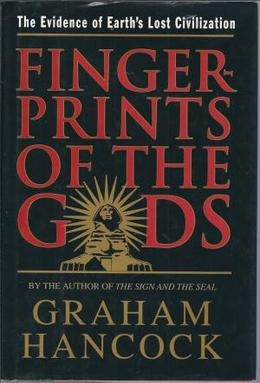Book Review: Two Translations of Cheng Zongyou's "Dandao Fa Xuan"
The easiest way to justify a Sengoku Japanese persona in the SCA is not the usual "ambassador" route, or even the "ronin" route; it's the wakou route. Japanese pirates were a problem in coastal China, and all the way down to the Philippines, all the way back to the Kamakura shogunate; stopping the pirates was part of the reason that the Mongols wanted to invade in the early 1200s. With Japan locked in a period of war so significant that it's become a cultural touchpoint from about 1450 to about 1600, piracy, maritime trade, and the flip-side of piracy, basically naval protection rackets, became a reliable way of making money in western Japan at all social levels. Thus we have Japanese ships putting in at Manila, creating a Japanese colony there (in the sense that Intramuros was the Spanish "colony" in otherwise Filipino Manila, not in the sense that the archipelago was a Spanish colony), and even hiring out as enforcers and bodyguards in Spanish ...




